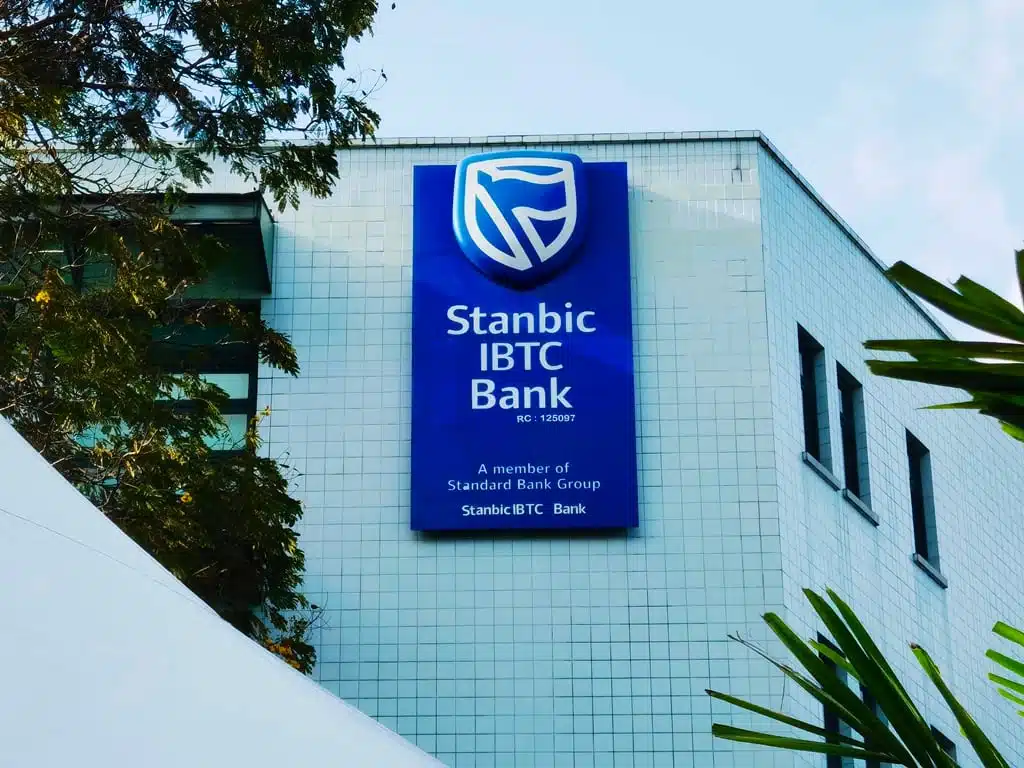In a move aimed at widening investor participation and enhancing pricing efficiency, the Bank of Tanzania has raised the maximum bid amount under the non-competitive window from TZS 50 million ($18,600) to TZS 500 million (approximately $186,000) per auction.
The upward revision, announced on Friday, marks a tenfold increase and signals the central bank’s growing focus on deepening the domestic debt market.
The non-competitive bidding window allows investors to participate in Treasury bill auctions without having to price their bids, instead accepting the weighted average price from the competitive segment.
By lifting the cap, the central bank is hoping to attract a broader range of investors, including medium-sized institutions and high-net-worth individuals, who may previously have been constrained by the lower threshold.
“The change aims to widen investors’ participation and enhance pricing efficiency in the Government securities auctions,” the Bank of Tanzania said in a public statement.
The updated framework does not change the bidding or allotment procedures.
Investors are still required to channel their bids through licensed Central Depository Participants, indicating key details such as the auction date, number, tenure, and amount, the apex bank has emphasised.
Also, all non-competitive bids will continue to be allotted at the weighted average price (WAP) of successful competitive bids.
The move comes at a time when Tanzania’s domestic debt is on the rise.
As at the end of March 2025, the country’s domestic debt stock stood at $12.8 billion, up modestly from $12.6 billion in February.
The increase, according to central bank data, was driven primarily by net Treasury bond issuances totalling about $61 million.
Commercial banks remain the largest holders of government debt, accounting for $3.7 billion or 29% of the total.
They are followed by pension funds, with a 26.5% share, and the BOZ itself, which holds 20.1%.
Other creditors, including insurance firms, BOT special funds, public institutions, and individual investors, account for the remaining 24.4%.
Treasury bonds continue to dominate the government’s domestic borrowing strategy, making up nearly 80% of the securities portfolio according to a recent analysis.
However, the expanded T-bill bidding window suggests a tactical shift aimed at improving short-term liquidity access and making government instruments more attractive to a wider pool of domestic investors.











